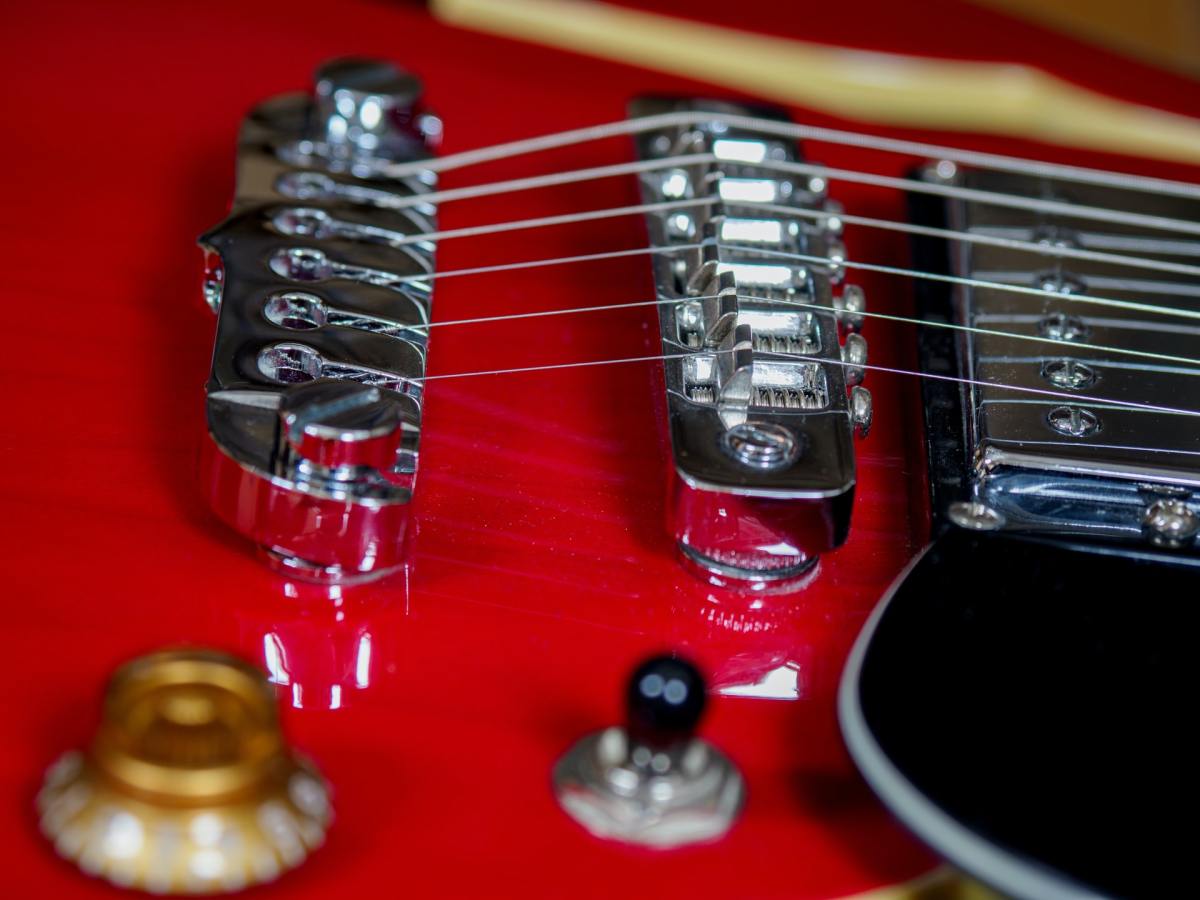

Another example is Athena's plea to Zeus in the divine assembly on Olympus at the beginning of Book 5. One example is in the gathering of the assembly on Ithaca in Book 2. One of his favorite devices is rhetoric, effective manipulation of language, especially in the characters' public speeches. The poet's talent is shown in the manner in which he spins the yarn. He does so again early in Book 5 (5.33 ff) when he speaks of Odysseus' future while giving orders to Hermes. Throughout the epic, Homer casually reveals upcoming events in a way that confirms the theory that the audience is already familiar with the plot. With the help of Athena and a sea nymph named Leucothea, Odysseus makes it ashore on the island of Scheria, home of the Phaeacians. Poseidon, returning from a visit to Ethiopia, spots Odysseus on the open sea, raises his trident, and sends a swamping storm that nearly drowns him. At first understandably skeptical of Calypso's offer of freedom, he soon joins preparations for his departure. as always, / wrenching his heart with sobs and groans and anguish, / gazing out over the barren sea through blinding tears" (5.93-95). The hero himself is first seen weeping on a beach ". She provides a raft and supplies for Odysseus but no escort. On Ogygia, Calypso, aware that she must not cross Zeus, begrudgingly agrees to follow Hermes' directions. Zeus advises Athena to help Telemachus return home unharmed, escaping the suitors' ambush. Zeus agrees to send his son Hermes immediately to Ogygia in order to liberate the king of Ithaca from Calypso. Poseidon is notably absent, and Athena once more advocates Odysseus' case.


 0 kommentar(er)
0 kommentar(er)
